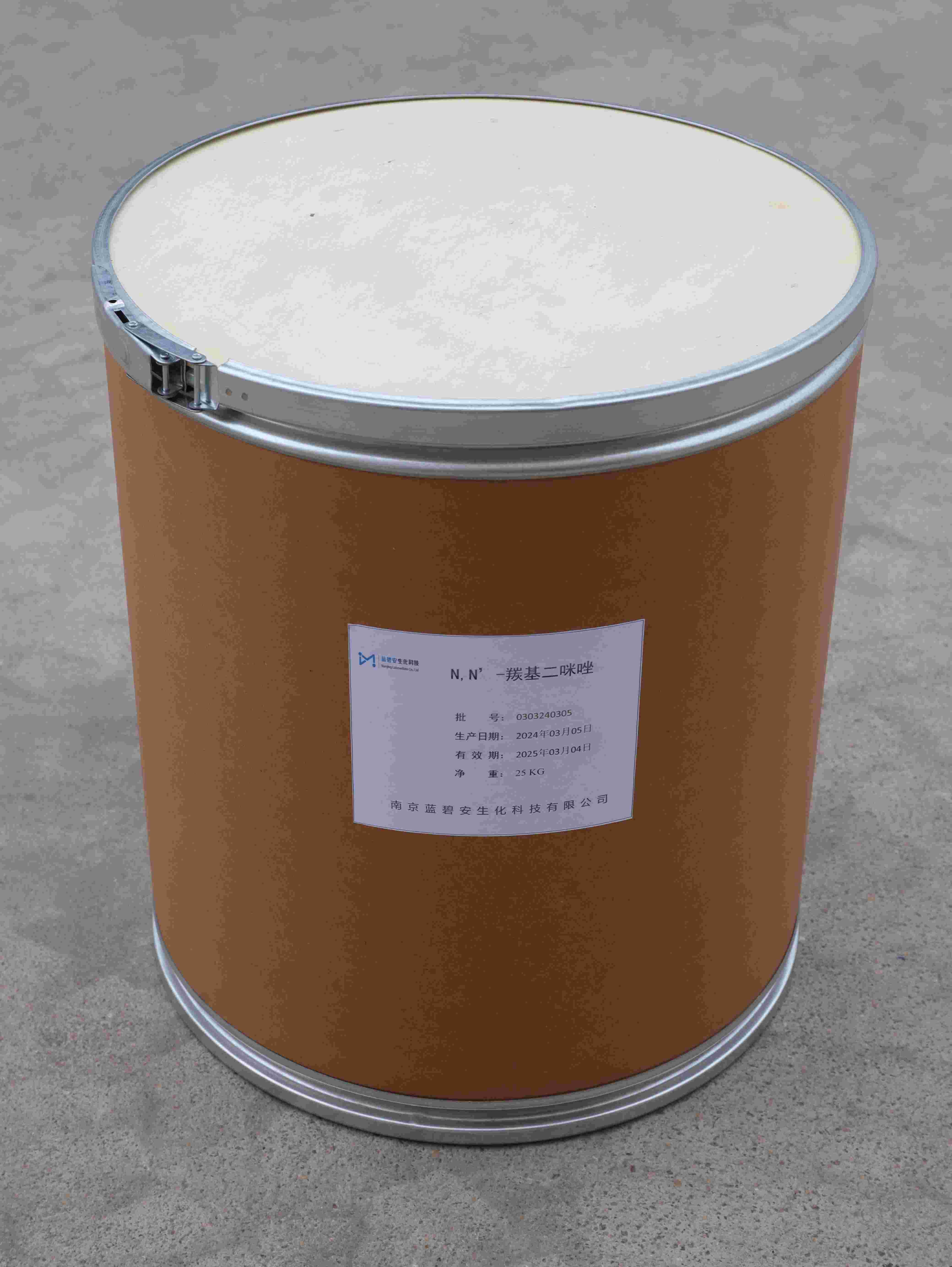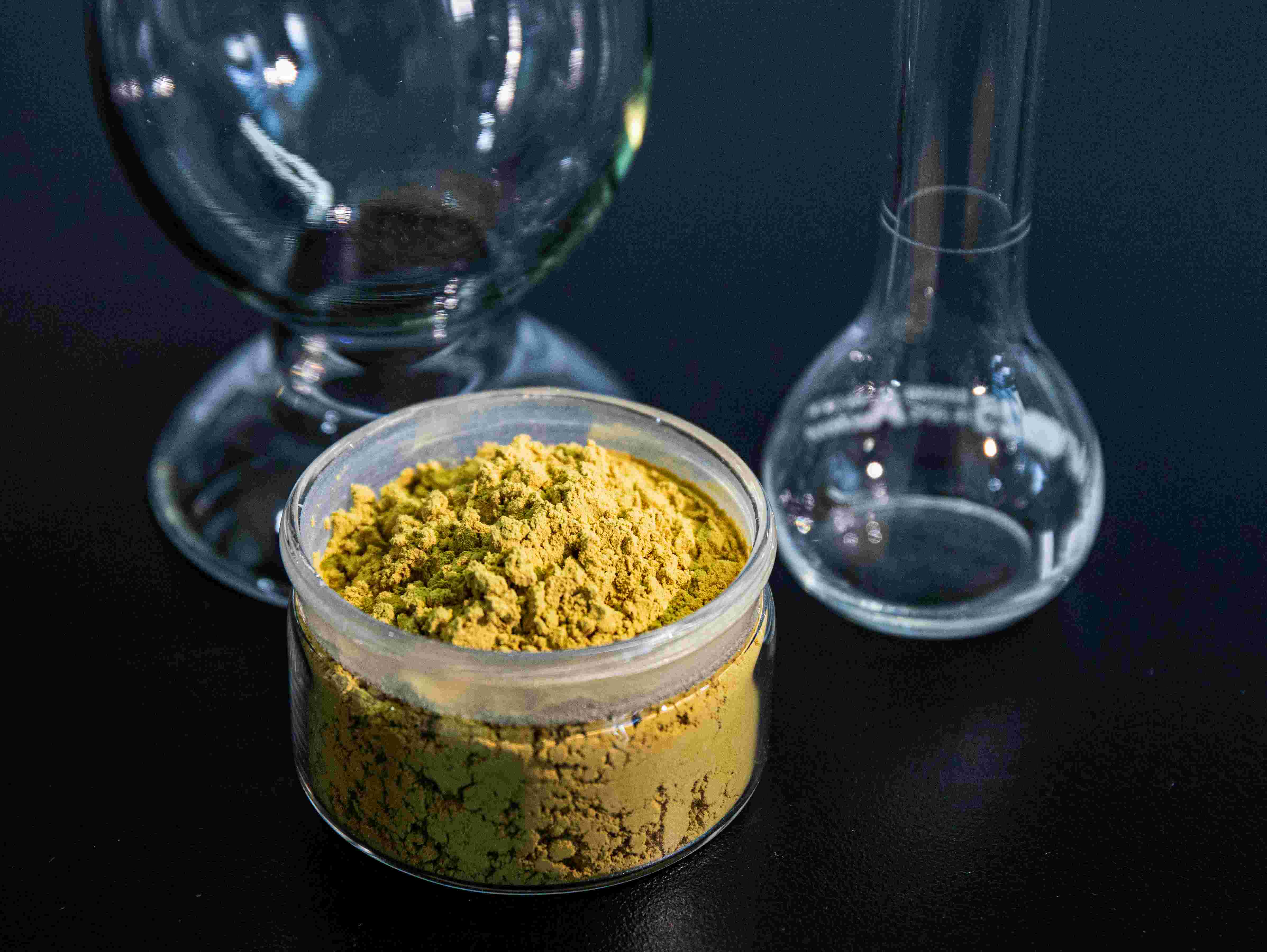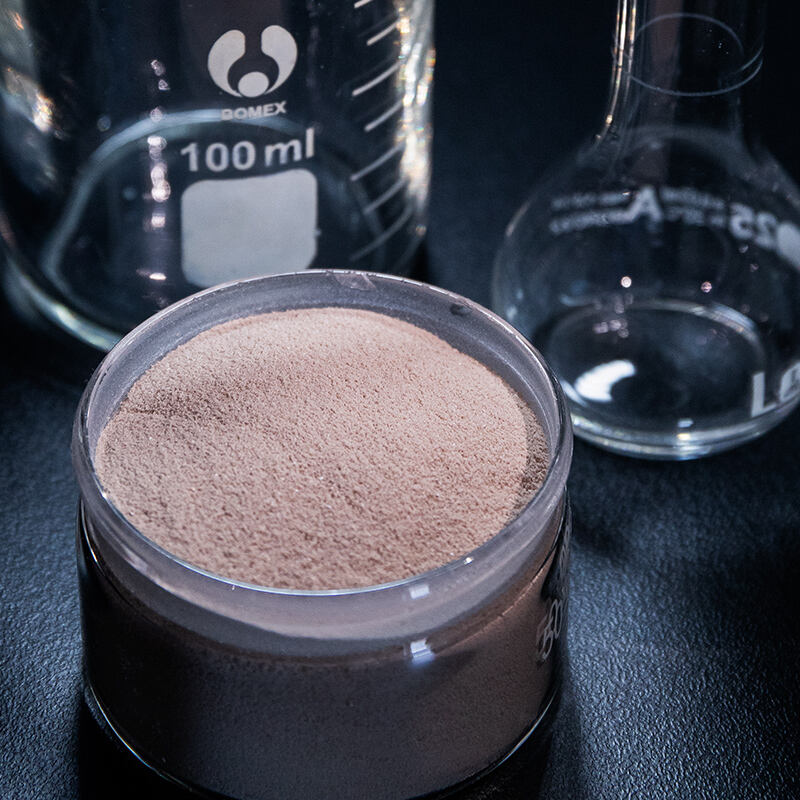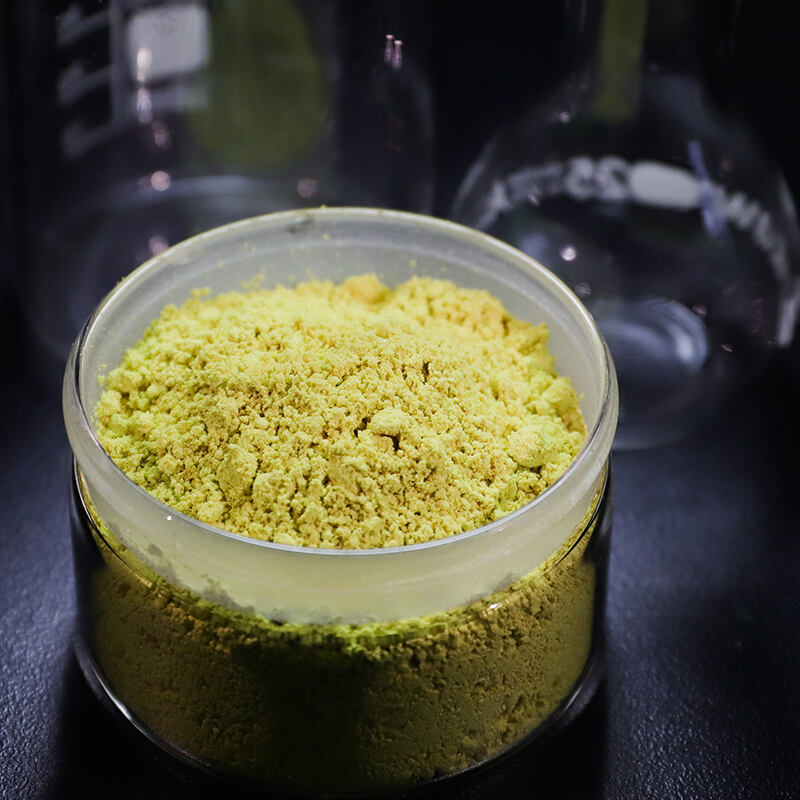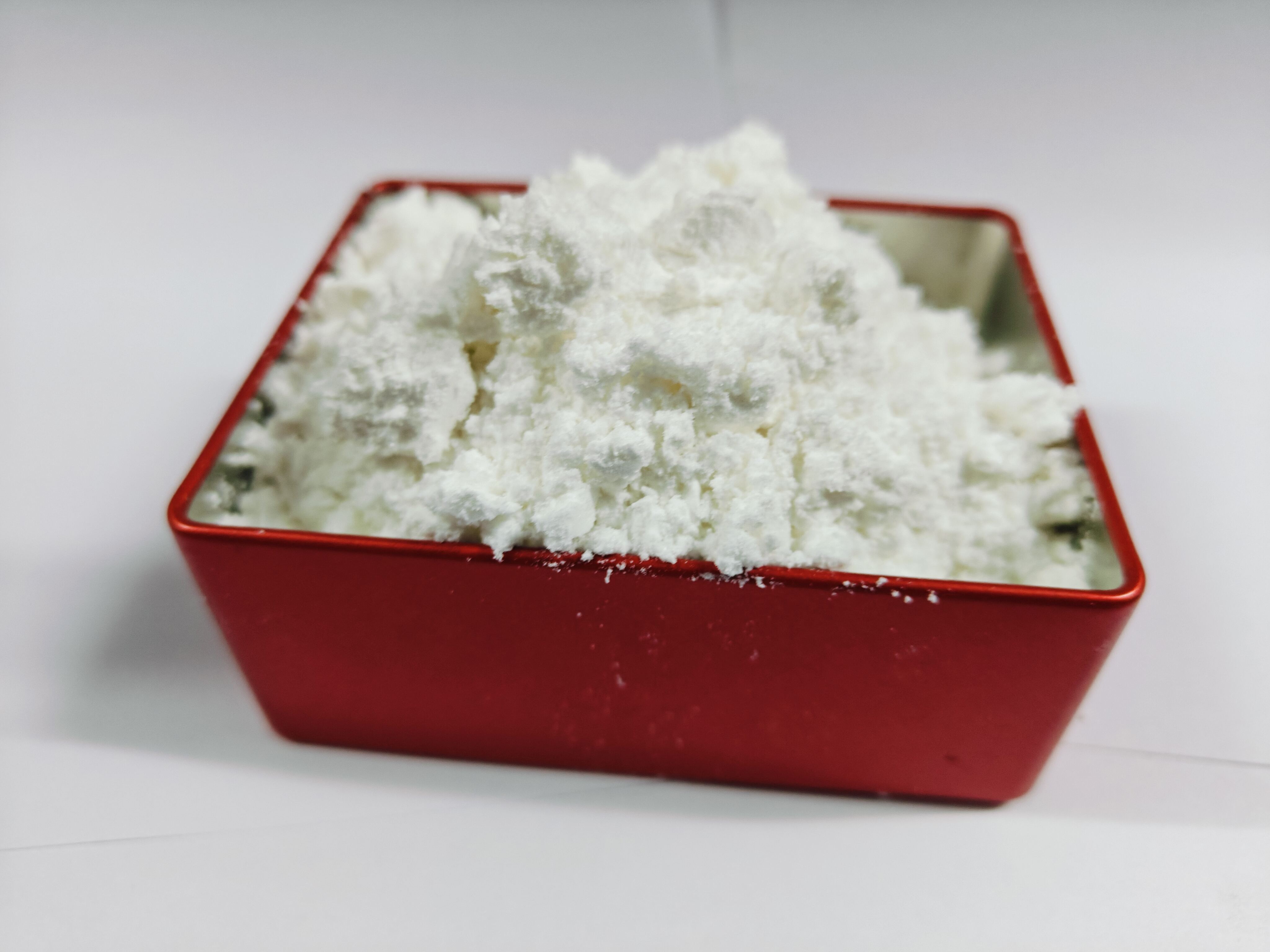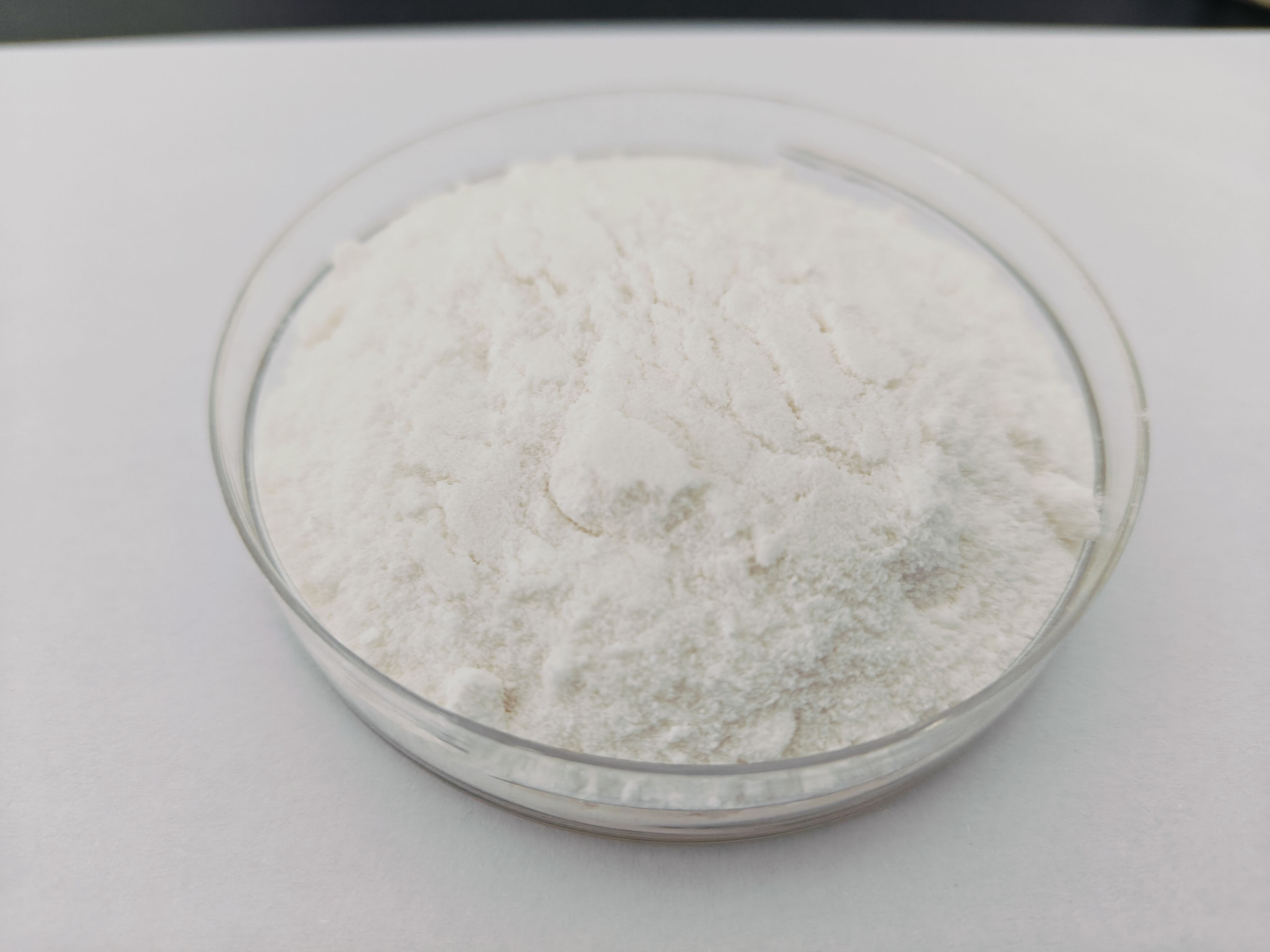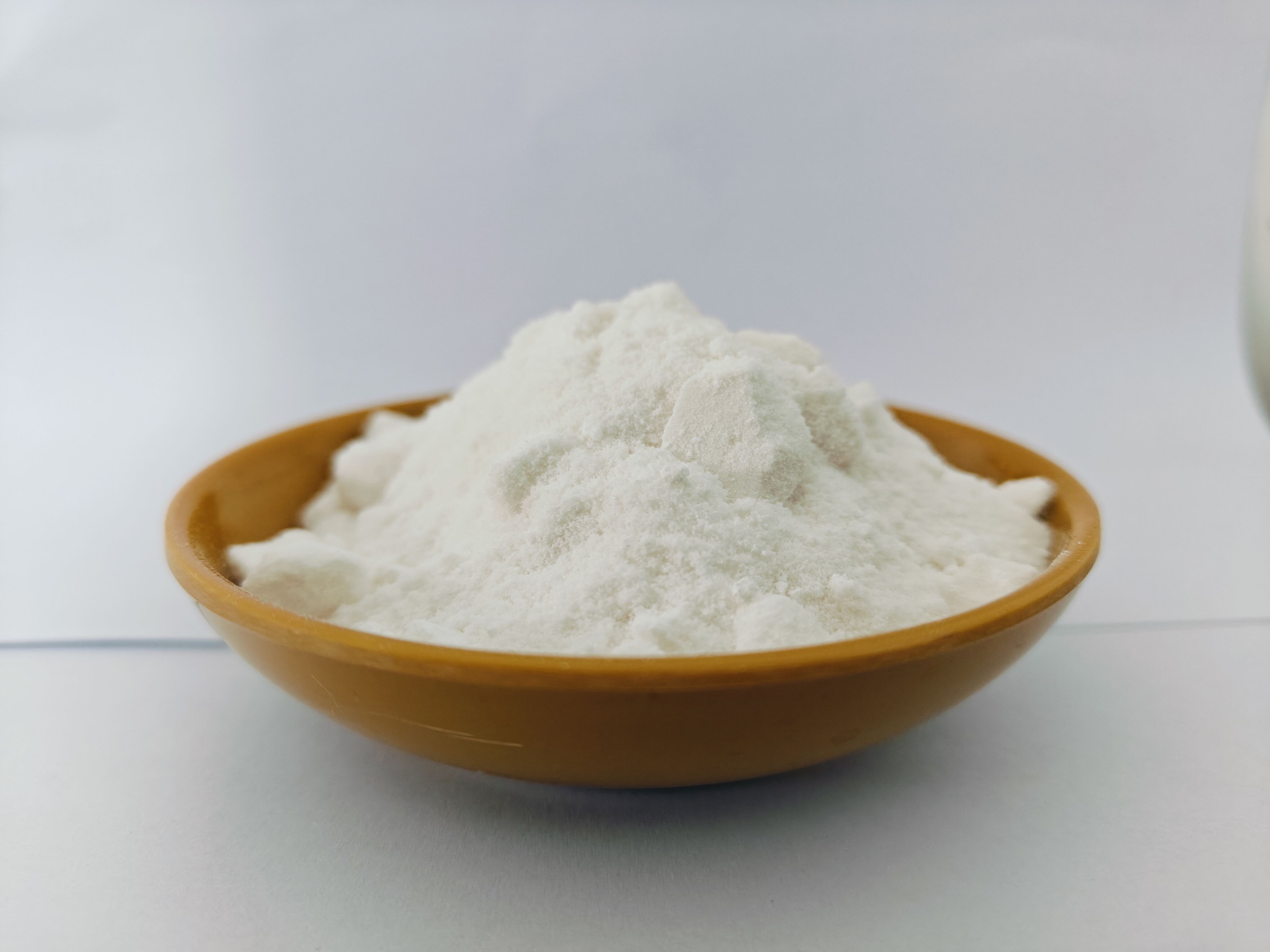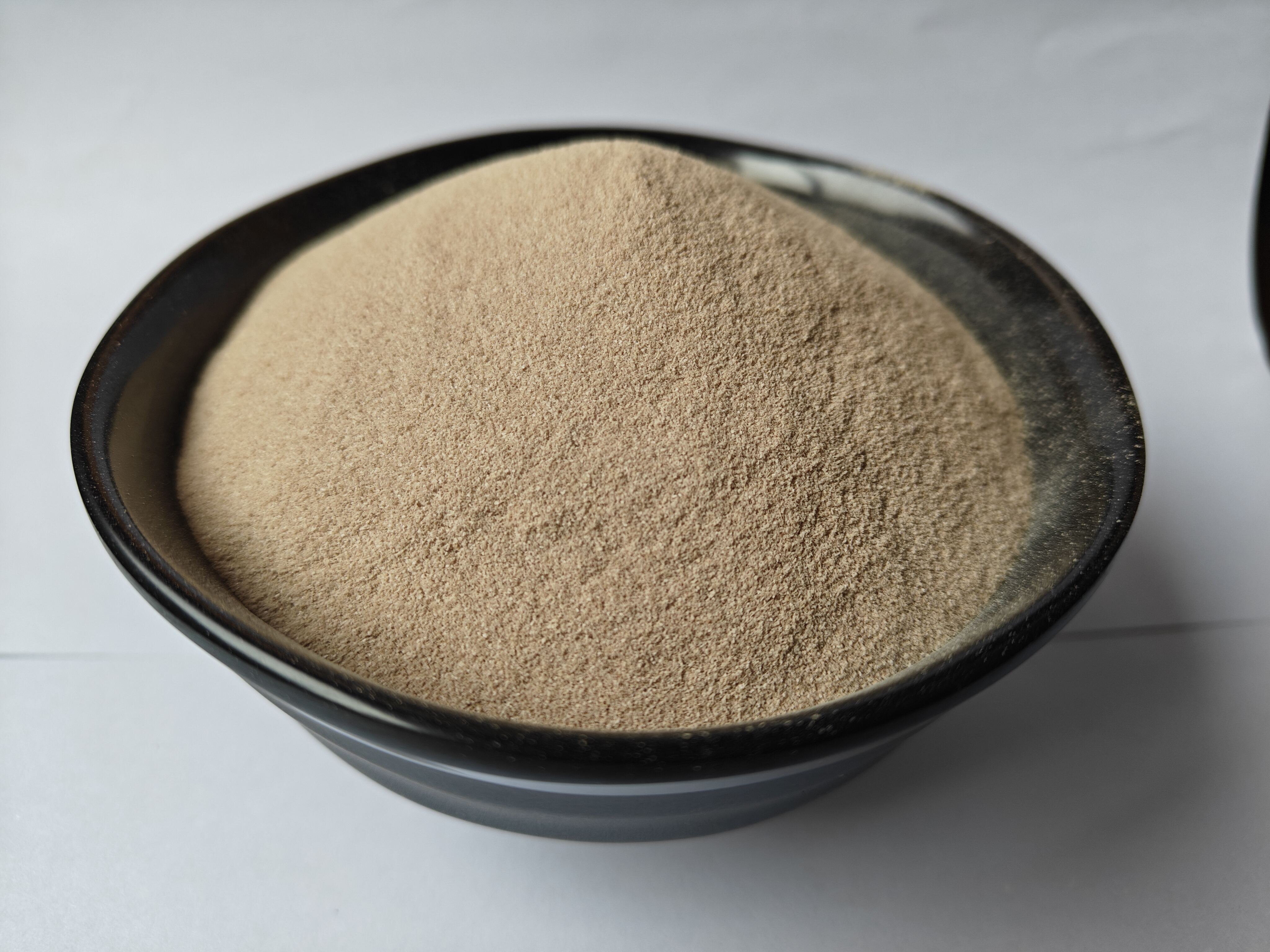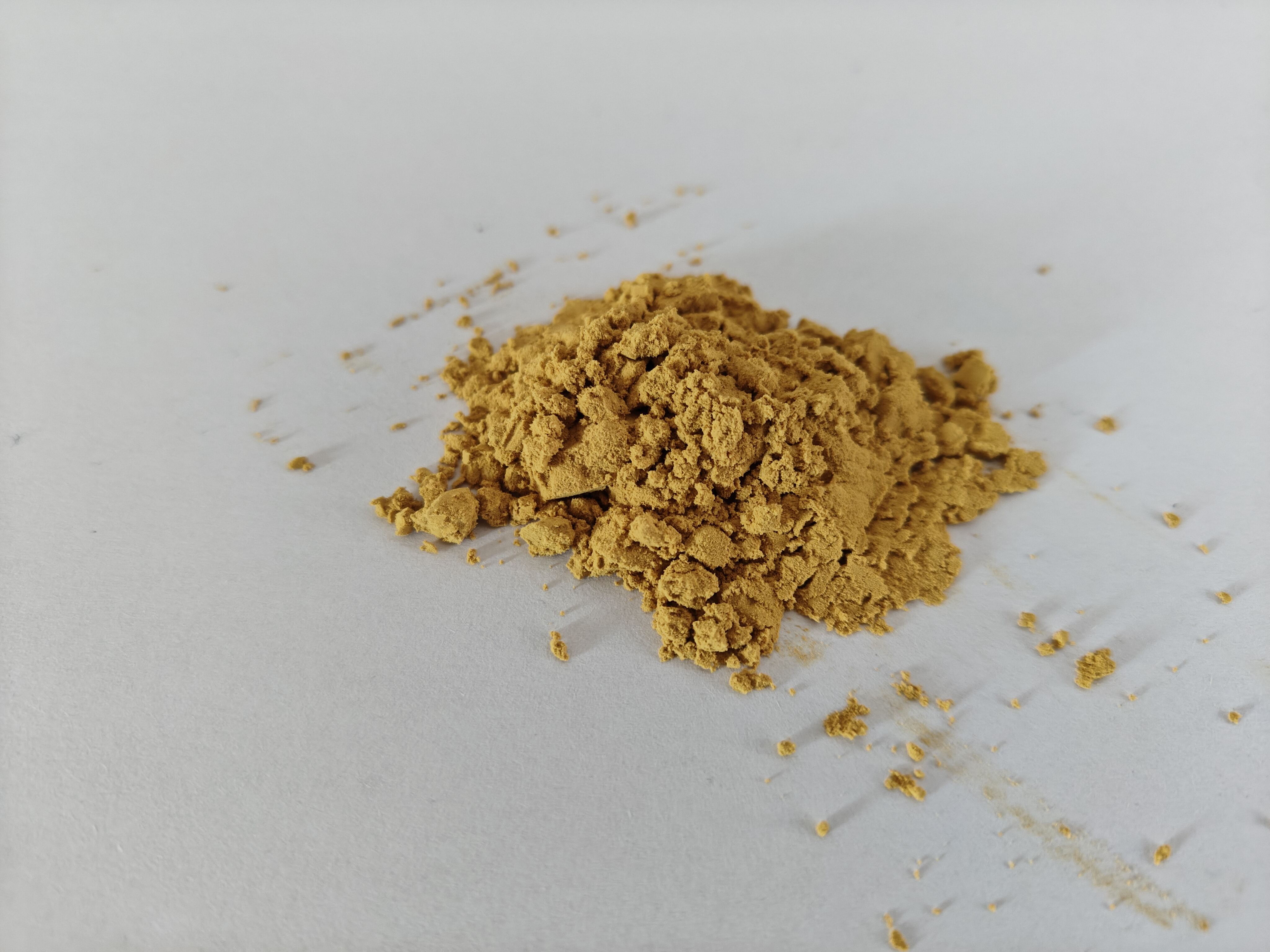uitstekende thermisch latente katalysatoren
Thermisch latente katalysatoren vertegenwoordigen een doorbraak in de controle van chemische reacties, met ongekende precisie bij het bepalen van tijdstippen en activatie. Deze geavanceerde katalysatoren blijven bij kamertemperatuur inactief, maar worden zeer actief wanneer ze blootgesteld worden aan specifieke temperatuurgrenzen. De technologie maakt gebruik van innovatieve moleculaire ontwerpen die temperatuursensitive bindingen gebruiken, die breken bij vooraf bepaalde temperaturen om de actieve katalysator vrij te laten komen. Dit gecontroleerde activatiemechanisme maakt ze uiterst waardevol in verschillende industriële toepassingen, van polymerproductie tot geavanceerde coating-systemen. De unieke mogelijkheid van de katalysatoren om stabiel te blijven tijdens opslag en vervoer, terwijl ze snel activeren wanneer nodig, heeft verschillende productieprocessen revolutioneerd. Ze presteren uitstekend in toepassingen waarbij nauwkeurige timing van chemische reacties vereist is, zoals bij de productie van thermosets, waarvoor voortijdig harden moet worden voorkomen. De technologie stelt ook een-componentformulaties mogelijk, waardoor complexe mengsystemen overbodig zijn en potentiële fouten in de productie worden verminderd. Deze katalysatoren tonen uitzonderlijke veerkracht in verschillende temperatuurbereiken en kunnen worden aangepast voor specifieke toepassingen, wat hen onmisbaar maakt in moderne industriële scheikunde.

